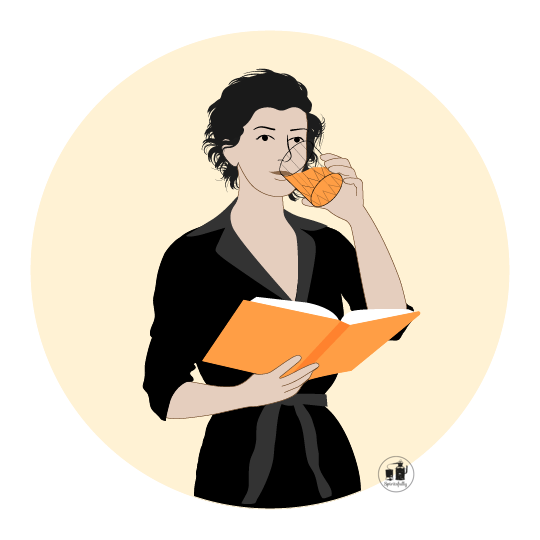All you need
to know about
Liqueur
in a nutshell
If there is one category of spirits that is very much linked with medicine (like most of the spirits did at the beginning of that fabulous story), this are bitters and liqueurs.
In addition to that glorious past, they share :
1/ the presence of sugar
2/ one of the component is a distilled spirit (they are not spirits stricto sensu) (but could we have not mentioned the ancestor of spirits in a spirits focused website? no.) A liqueur is an alcoholic beverage with a minimum sugar content obtained by flavouring ethyl alcohol of agricultural origin or a distillate of agricultural origin by various processes: maceration, infusion and distillation of fruits or plants. Cream or Creme de Liqueur is the same but with a higher sugar content.
The regulations
What EU regulation (110/2008) says about liqueur:
(1) A spirit drink:
– having a minimum sugar content of 100 grams per litre expressed as invert sugar (…)
– produced by flavouring ethyl alcohol of agricultural origin or a distillate of agricultural origin or one or more spirit drinks as defined in this Regulation or a mixture of the above, sweetened and possibly with the addition of products of agricultural origin such as cream, milk or other milk products, fruit, wine or flavoured wine.
(2) The name ‘crème de’ followed by the name of a fruit or the raw material used, excluding milk products, shall be reserved for liqueurs with a minimum sugar content of 250 grams per litre expressed as invert sugar. The name ‘crème de cassis’ shall, however, be reserved for blackcurrant liqueurs containing at least 400 grams of sugar, expressed as invert sugar, per litre.
(s) Egg liqueur/advocaat/avocat/Advokat:
A spirit drink whether or not flavoured, obtained from ethyl alcohol of agricultural origin, the ingredients of which are quality egg yolk, egg white and sugar or honey. The minimum sugar or honey content must be 150 grams per litre. The minimum egg yolk content must be 140 grams per litre of the final product.
(t) Liqueur with egg:
A spirit drink whether or not flavoured, obtained from ethyl alcohol of agricultural origin, the ingredients of which are quality egg yolk, egg white and sugar or honey. The minimum sugar or honey content must be 150 grams per litre. The minimum egg yolk content must be 70 grams per litre of the final product.
If you want to know more here is the European Directive on Spirits. The fact that is written smaller doesn’t mean it’s not important!
The history of Liqueurs
In the 14th century, the monks developed recipes for liqueurs from infusion or maceration in alcohol of plants, fruits, seeds, bark that they cultivated, alcool was thought to preserve the qualities of the good herbs.
Even some of the brands we know today have a long past: Rocher was created in 1705, Marie-Brizard in 1762, Get in 1796, Grand Marnier in 1827, Combier in 1834, Cointreau in 1849….Apparently the first commercial Liqueur, was even concocted by Bols in 1575 in Amsterdam (we mentioned Bols when discussing Genever, for those who follow)
Why was alcohol used?
Why alcohol when alcohol is supposed to be a poison? Alcohol makes it possible to extract the active substances easily and efficiently, and ensures a good stabilisation of the preparation by stopping enzymatic and hydrolytic reactions, as well as microbial activities. It is also an excellent carrier of medicinal substances within the body, reinforcing their therapeutic effect.
The geography of Liqueurs
We’re focusing in Europe, where they have been developed since centuries, but liqueurs can be made everywhere. As the European regulations mentioned it, they must observe some rules to be named as such in Europe.
How are liqueurs made?
Liqueurs: sugar + neutral spirit + fruits or nuts or…
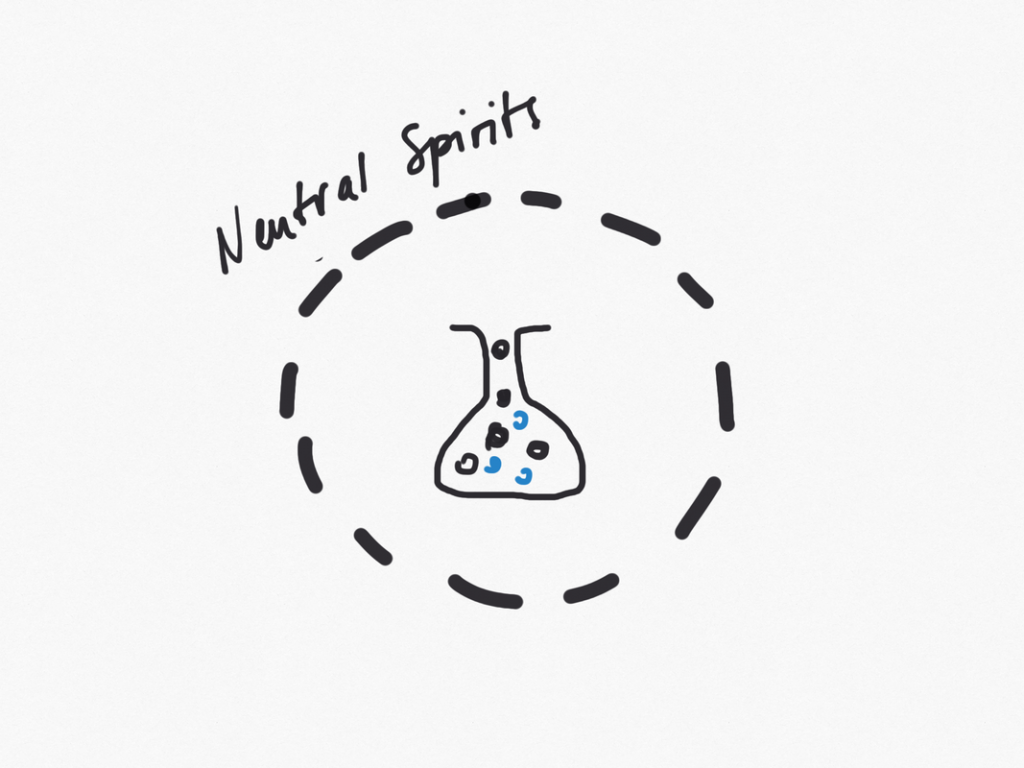
Alcohol:
Different alcohol bases can be used for the production of liqueurs. It can be a neutral alcohol, but also gin, vodka, cognac, whisky or brandy.
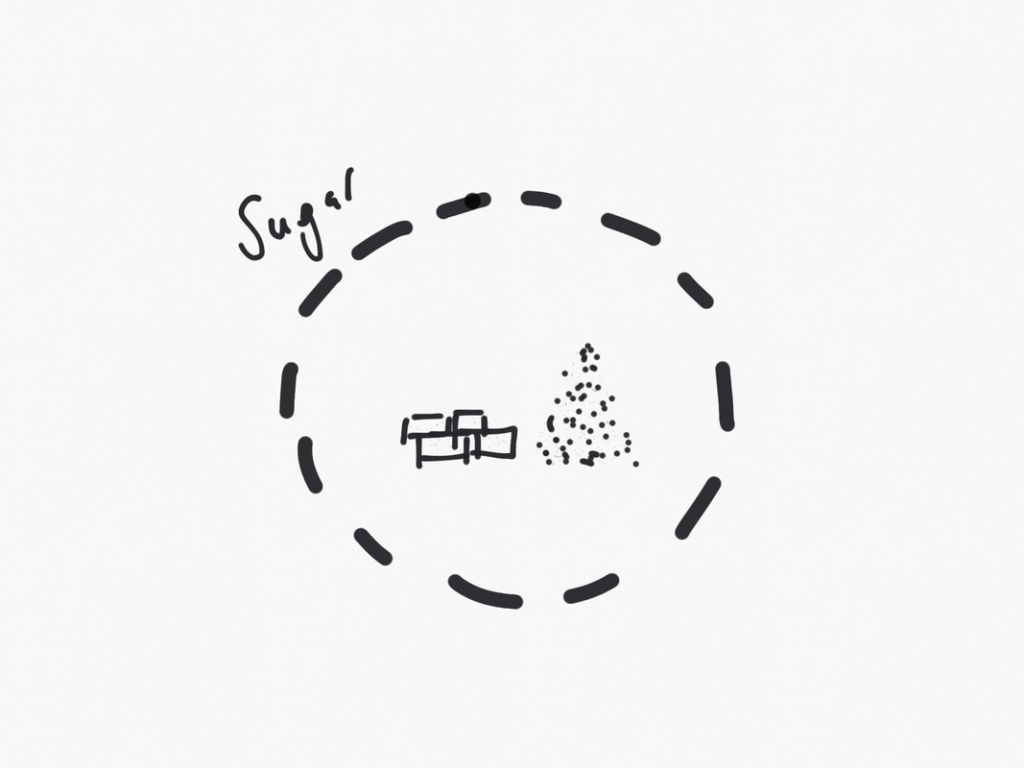
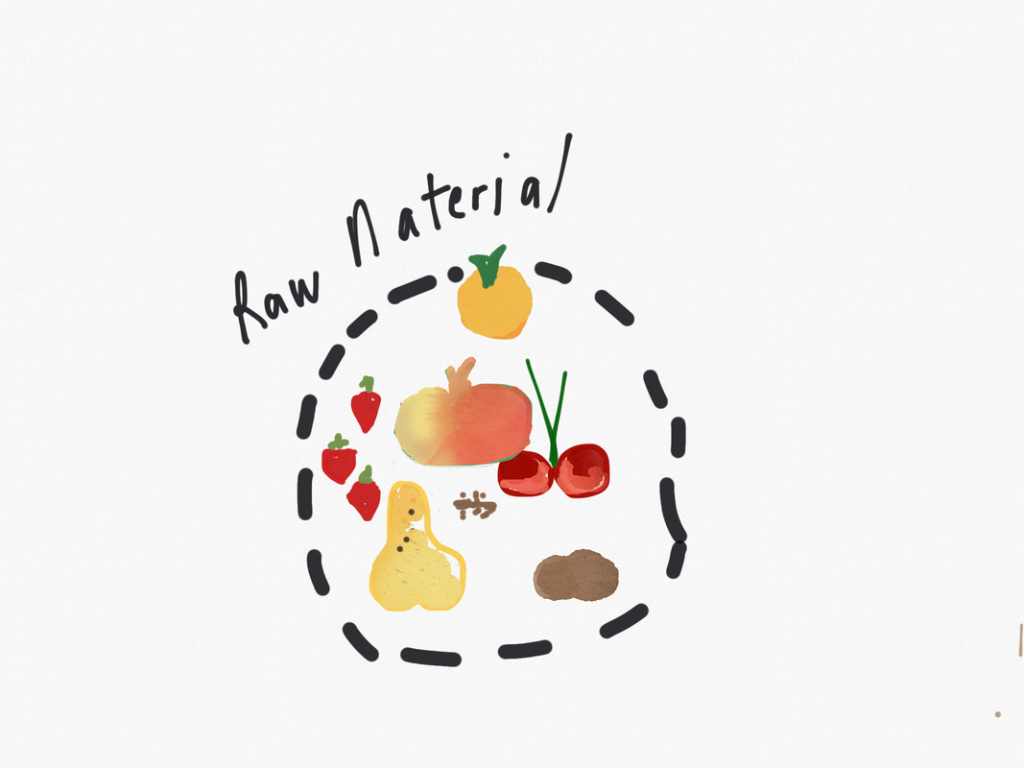
How are liqueurs flavored?
There are three main methods of extracting flavours: infusion/maceration, percolation and distillation. One or the other of these methods is chosen according to the nature of the raw materials and the type of flavour desired. Broadly speaking, fruit flavours are generally extracted cold, while bean, bark, flower and seed flavours are best extracted hot. Go and read the article about gin and the article about fruit brandies to go deeper into the categories of the fruit, and the different processes involved.

Percolation extraction (cold)
The herbs and plants are placed in a container and come into contact with the alcohol under pressure. Gradually, the alcohol is permeated with the aromas and colour of the raw materials. Think cold brew coffee.
Extraction by infusion and maceration (cold)
In both cases, the raw materials are bathed for several weeks in water (infusion) or alcohol (maceration) in order to extract in a subtle way the aromas, but also the natural color. In order to respect the properties of each component, it is common to macerate each plant family separately.
Extraction by distillation (hot)
The alcohol is mixed with fruits, spices and plants in a copper still and brought to a boil. The aroma vapours rise and pass through a cold room to become liquid again. Heads and tails are not kept (like for other spirits).
Once prepared, these distillates are blend together in an order and proportion defined by the recipe. Sugar is usually incorporated last. This blend can be “aged” over a period ranging from a few months to several years in vats, barrels or oak casks.
Before bottling, it is adjusted by adding sugar, water and alcohol if necessary.
The colouring agents are incorporated before the final filtration step.
Styles of Liqueurs
HERBAL LIQUEURS
Older and more complex, these liqueurs are were often used to therapeutic purposes. They consist of several dozen plants and spices. Their names are also brand and not spirits category.
Among the best known: the Chartreuse, the Malibu the Amaro, the Kummel and the Jägermeister (see below, green box).
They all list an impressive number of secret ingredients and diverse ageing techniques. For example : The Green Chartreuse is deprived of colouring agents and has spent up to 8 years in cask.
COFFEE AND CHOCOLATE LIQUEURS
These are mainly ingredients intended for use in the preparation of cocktails or desserts. The most famous brands are Kahlua and Tia Maria.
NON VEGAN LIQUEURS
Cream liqueur are made of butterfat, casein ate, sugar and non fatty milk solid, in this family can Egg liqueur Liqueur with egg (see above for the difference) also be added.
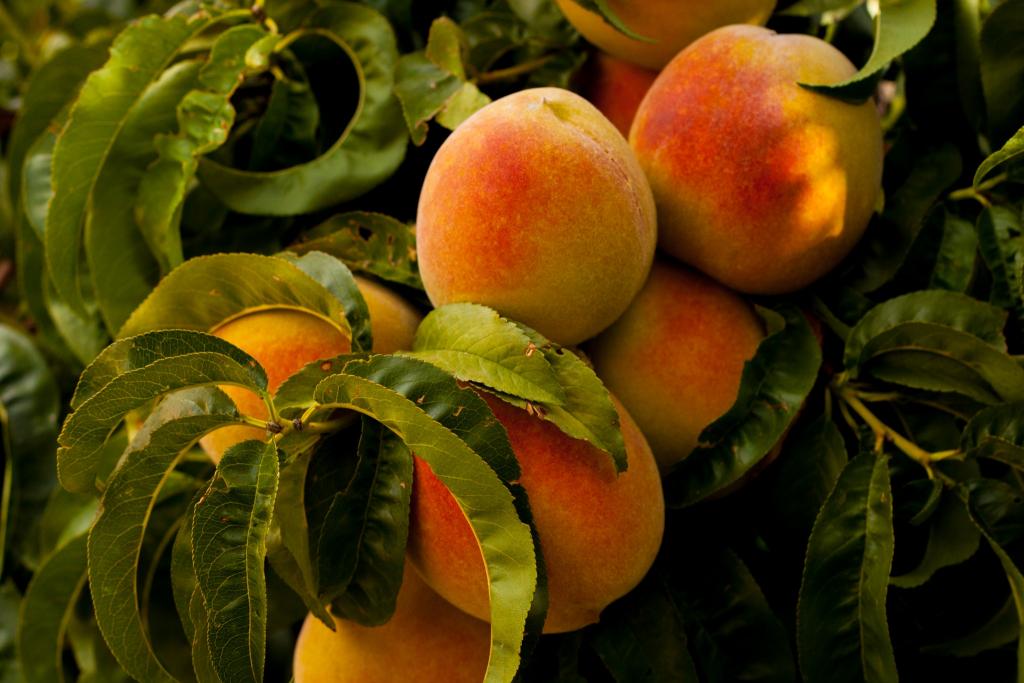
FRUIT LIQUEURS
This category is the broadest and multifaceted, some exist since centuries, many are very new. If the herbal liqueurs still pay homage to their medicinal origin, the fruit liquor were from the beginning on whether a way to keep fruits or just made for pleasure. Their ambition is to restore as accurately as possible the taste of the fruit from which they are produced: orange and/or lemon (Cointreau, Grand Marnier, Merlet Triple Sec, Dry Curacao Pierre Ferrand, Limoncello), cherries (Guignolet), exotic fruits (Hpnotiq), melon (Merlet), etc.
We mentionned their existence in the class about fruit brandies. Note that it is sometimes referred to fruit brandies to mention those fruit liqueurs.
FLOWER LIQUEURS
Flower liqueurs are rare and constitute a category in their own right. Served mainly in a cocktail version, they offer an alternative to fruit creams for champagnes (Quaglia Camomilla, Tempus Fugit Liqueur de Violettes).
KRÄUTERLIKÖR
The EU recognises the category of Kräuterlikör, and those from Bavaria but it doesn’t say much about the processus of fabrication. However the production is relatively easy. Most of the neutral spirits come from either wheat or sugar beet. Once the base is selected, the flavouring agents are added.
FRUIT CREAMS
Remember that crème de’ followed by the name of a fruit or the raw material used, excluding milk products, shall be reserved for liqueurs with a minimum sugar content of 250 grams per litre expressed as invert sugar. These liqueurs are distinguished by their very high sugar content, which is the source of their syrupy textures.
ANISE LIQUEURS
Ouzo, Sambuca and Galliano are all aniseed liqueurs with different origins. See the « anis based spirits » to find out about it.
NUTS, SEEDS LIQUEURS
Made from almonds, walnuts and hazelnuts, the most famous of these liqueurs is undoubtedly Amaretto.
WHISKY LIQUEURS
These liqueurs (Glayva, Irish Mist, Drambuie) are made from Scottish or Irish whiskies, to which are added herbs, spices, honey and other ingredients. They are probably very close to the ancestor of whiskies.
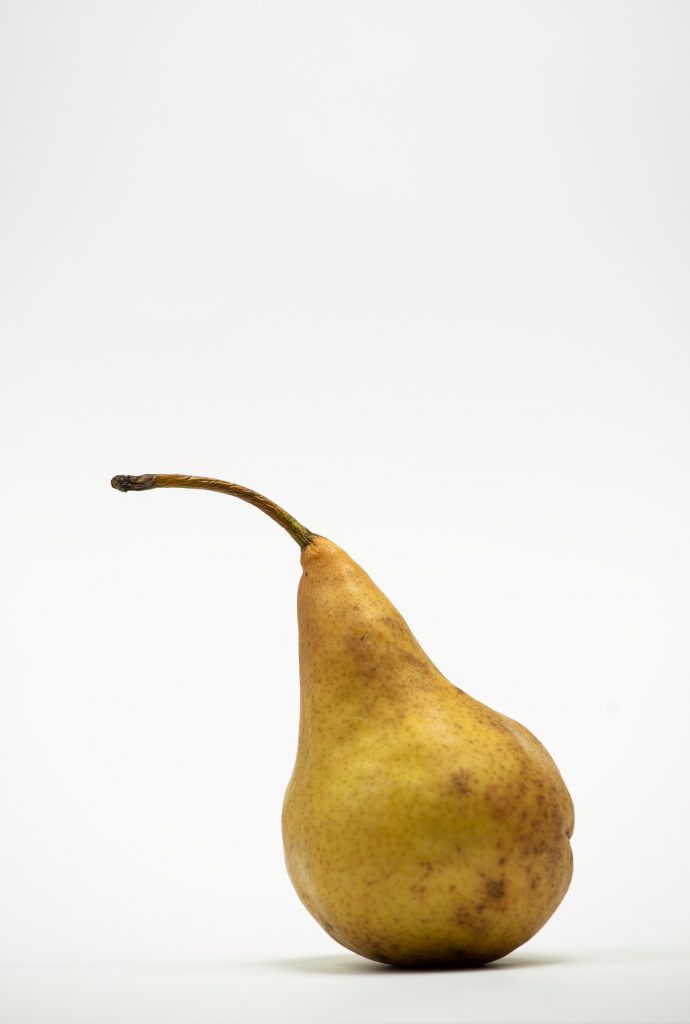
RESOURCES/SOURCES
Distilling Knowledge, by Dave Broom for the WSET
